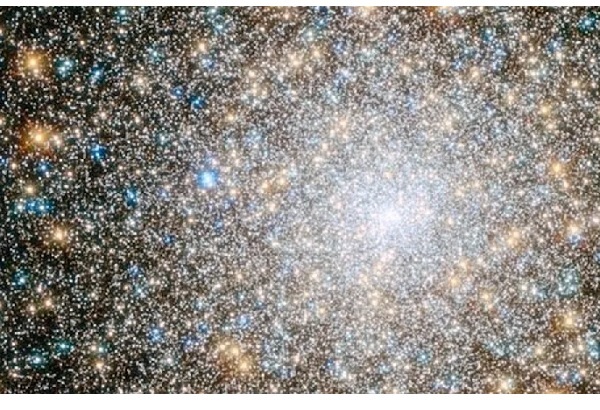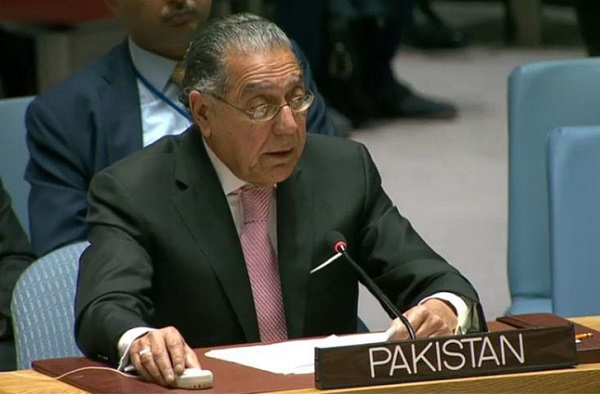ISLAMABAD: PTI’s founding chairman Imran Khan in his message from Adiala Jail, Mr Khan urged the judges hearing his and his wife
PARIS: The James Webb Space Telescope has helped astronomers detect the first chemical signs of supermassive stars, ‘celestial monsters’ blazing with the brightness of millions of Suns in the early universe.
So far, the largest stars observed anywhere have a mass of around 300 times that of our Sun. But the supermassive star described in a new study has an estimated mass of 5,000 to 10,000 Suns.
The team of European researchers behind the study previously theorised the existence of supermassive stars in 2018 in an attempt to explain one of the great mysteries of astronomy.
For decades, astronomers have been baffled by the huge diversity in the composition of different stars packed into what are called globular clusters.
The clusters, which are mostly very old, can contain millions of stars in a relatively small space.
Advances in astronomy have revealed an increasing number of globular clusters, which are thought to be a missing link between the universe’s first stars and first galaxies.
Our Milky Way galaxy, which has more than 100 billion stars, has around 180 globular clusters.
But the question remains: Why do the stars in these clusters have such a variety of chemical elements, despite presumably all being born around the same time, from the same cloud of gas?
Many of the stars have elements that would require colossal amounts of heat to produce, such as aluminium which would need a temperature of up to 70 million degrees Celsius.
That is far above the temperature that the stars are thought to get up to at their core, around the 15-20 million Celsius mark which is similar to the Sun.
So the researchers came up with a possible solution: a rampaging supermassive star shooting out chemical ‘pollution’. They theorise that these huge stars are born from successive collisions in the tightly packed globular clusters.
Corinne Charbonnel, an astrophysicist at the University of Geneva and lead author of the study, said that “a kind of seed star would engulf more and more stars”.
It would eventually become “like a huge nuclear reactor, continuously feeding on matter, which will eject out a lot of it,” she added.
This discarded ‘pollution’ will in turn feed young forming stars, giving them a greater variety of chemicals the closer they are to the supermassive star, she added. But the team still needed observations to back up their theory.
You May Also Like
ISLAMABAD: PPP Chairman Bilawal Bhutto-Zardari on Friday nominated two senior party leaders for the posts of Khyber Pakhtunkhwa
UNITED NATIONS: Pakistan has urged the UN General Assembly and the Security Council to address India’s new strategy of






